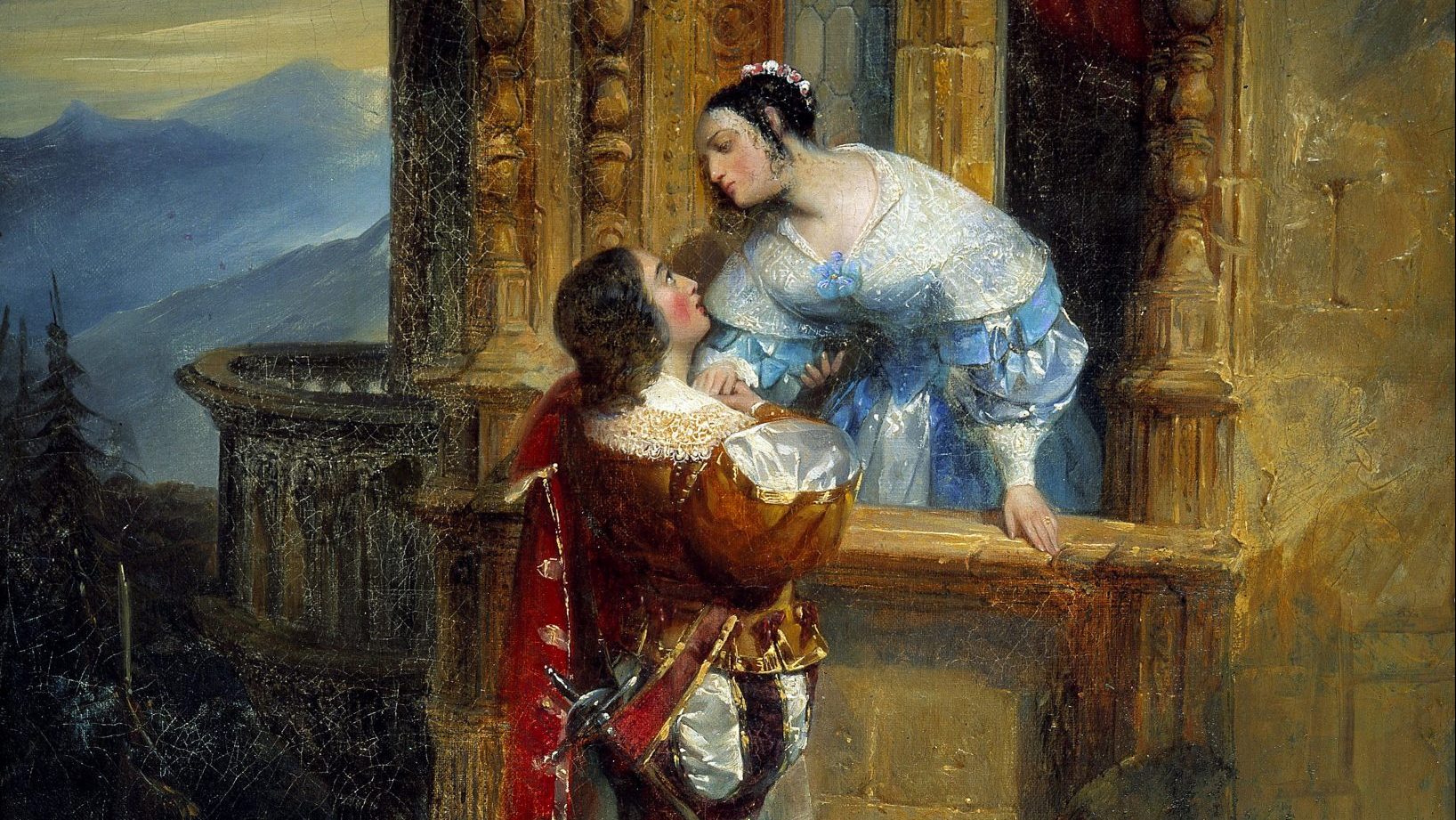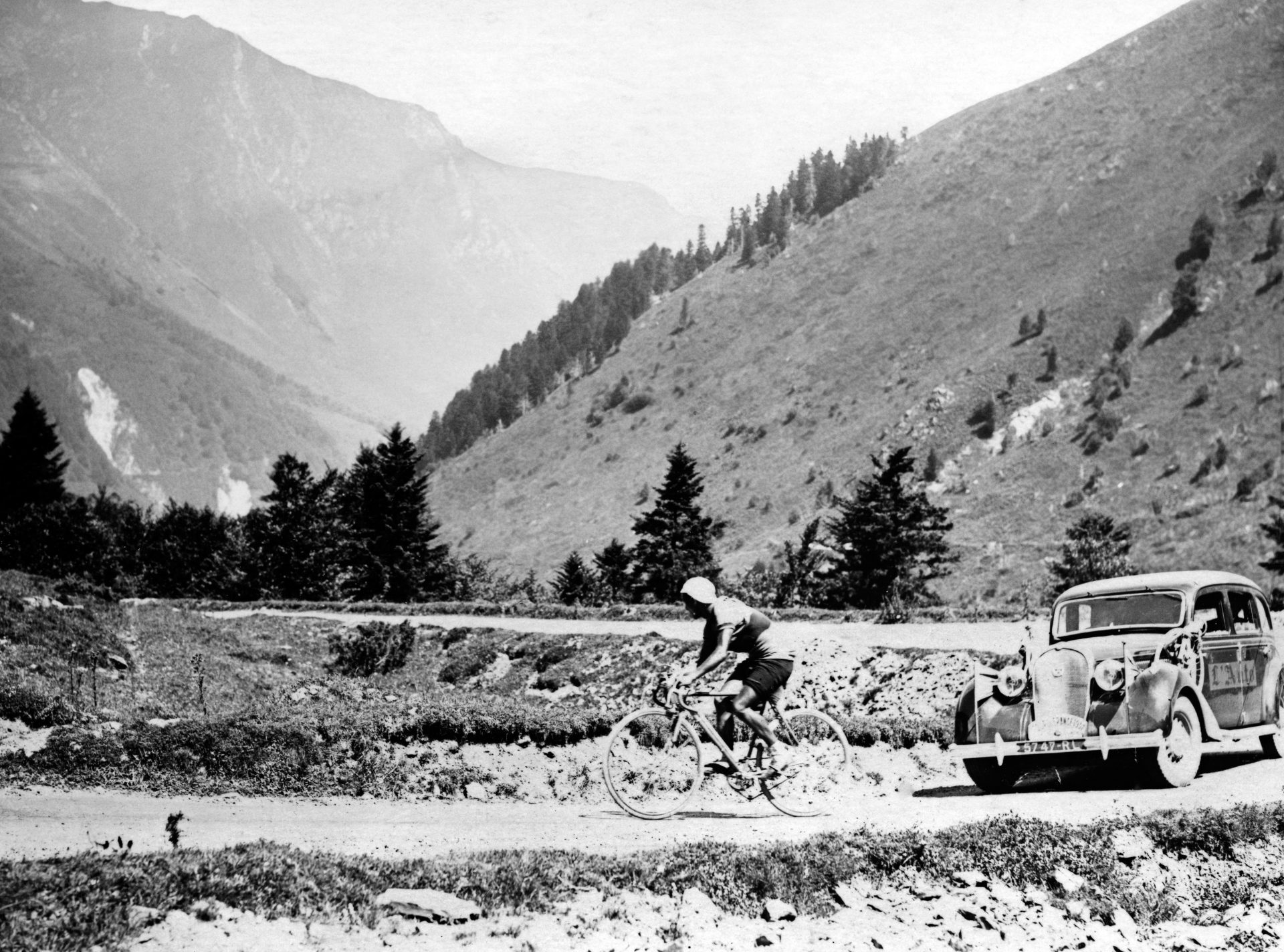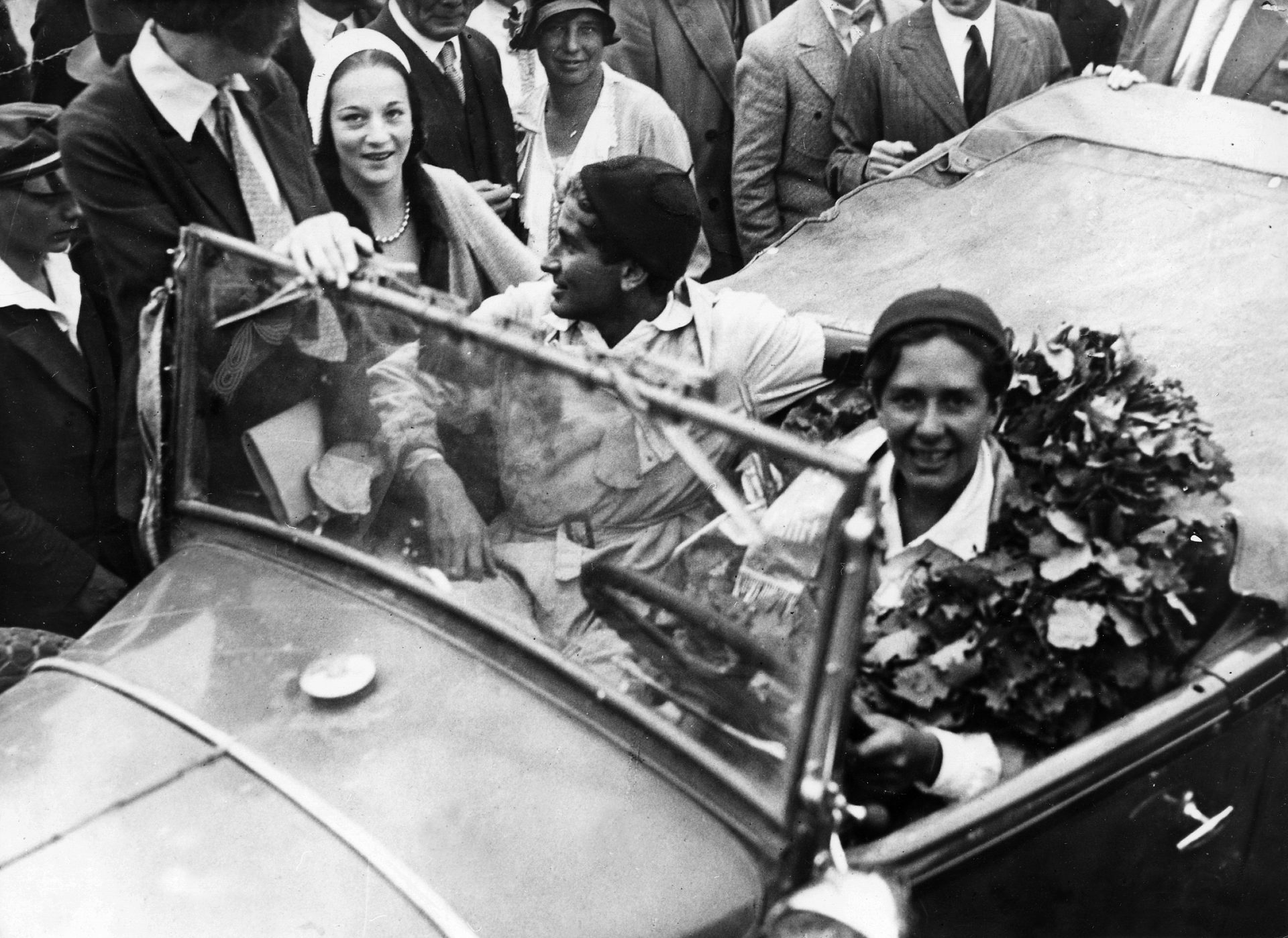“But soft! What light through yonder window breaks? It is the east, and Juliet is the sun.” Shakespeare’s English, in this quotation from Romeo and Juliet, is still perfectly comprehensible to readers today, but there are nevertheless a few linguistic clues here to indicate that this is 16th-century English rather than our contemporary variety of the language.
Today we would say, not “what light breaks” but “what light is breaking” or “what light is it that’s breaking”. Another rather obvious clue is the Shakespearean use of the word yonder.
Most of us will know yonder from a number of different sources. “On yonder hill there stands a creature, Who she is I do not know” comes from the traditional song Oh, no John.
The King James Bible has many instances of yonder, as in Jesus saying “Sit ye here, while I go and pray yonder”.
And most of us have heard the phrase “into the wide blue yonder”, meaning something like ‘to an unknown, faraway and rather mysterious place’. And the shorter form yon may be known to some people from the phrase “hither and yon”.
But yonder is probably not a word which most people in England would use very often these days in their everyday speech.
Yonder was originally an ancient Germanic form: the modern German word jener, ‘that’ or ‘that one’, comes from the same source.
In different English dialects it can occur as yander, as in parts of the West Country; yinder, as reported from 19th century East Anglia; and Devonian ender.
It could be argued that the disappearance from modern English of yonder, and the shorter form yon, is a genuine loss.
These forms enabled speakers to make a three-way distinction in terms of distance as between this, that and yon, where this (plural these), meant ‘near me’, that (plural those) was ‘near you”, and yon (plural yon) was ‘not near either of us’.
In a way, then, these demonstrative forms corresponded to the three categories of personal pronoun: first person I; second person you; and third person he/she.
This is often referred to as a ‘proximal’ demonstrative, that as ‘medial’, and yon as ‘distal’. Very many of the world’s languages have this very useful three-way distinction.
Latin had hic, ‘this’, iste, ‘that’, ille, ‘yon’, and Spanish has este, ese, aquel. Some languages have more than three distinctions: North Sami has dát, ‘near me’, diet, ‘near you’, duot, ‘not near either of us’, and dot, ‘remote’.
Several English and Scots dialects, too, still preserve a three-term system. Many Scots make a distinction between this, that and thon, using a form which is also found in Northern Ireland, Cumbria, Northumberland, and Durham.
In an 1886 letter written by the author Robert Louis Stevenson, who grew up in Edinburgh, he uses the phrase “the strange conduct o’ thon man”.
This Scots and northern England word thon is a relatively new form – the first recorded instance dates from as recently as 1804. But it is not difficult to see how it came into being.
It is clearly historically derived from yon, with the replacement of the original y- by th- at the beginning of the word having the effect of creating the more unified series of this, that, thon, all three demonstrative forms now beginning with the same consonant th-.
This is a very nice example of the way in which analogy can play an important role in the development of linguistic innovations: yon obviously changed to thon as a result of speakers making an analogy with this and that.




